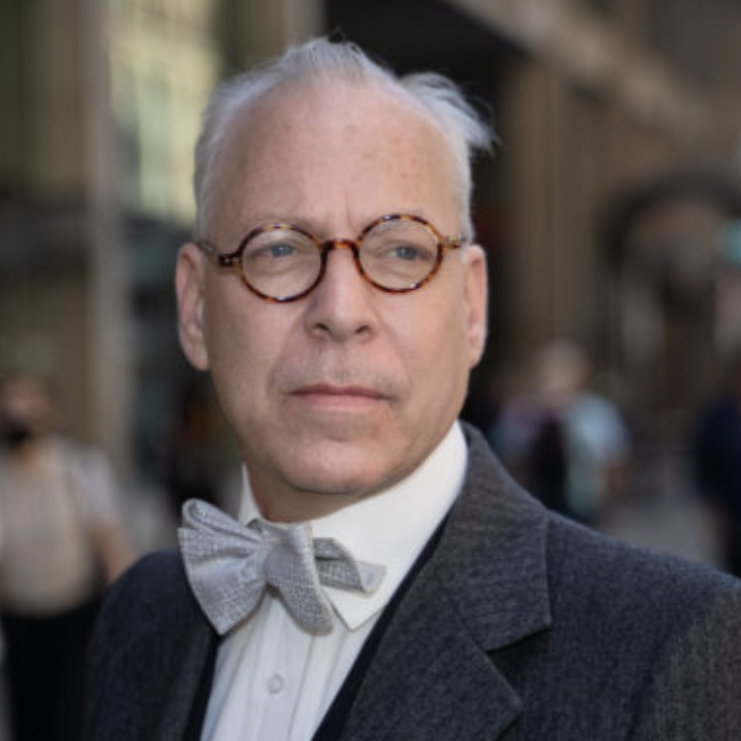The Asian flu of 1957-58 was a deadly pandemic with a broader reach for severe outcomes than Covid-19 of 2020. It killed between 1 and 4 million people worldwide, and 116,000 in the US in a time with half the population. It was a leading contributor to a year in which the US saw 62,000 excess deaths.
Globally, it might have been five times as deadly as Covid-19, as measured by deaths per capita. It was unusually lethal for younger people: 40 percent of deaths had occurred among people younger than 65, whereas the average age of death Covid-19 is 80 with only 10-20% of deaths under the age of 65.
What’s striking is how public health officials handled the pandemic. It had a diametrically opposite response than policymakers pursued in 2020. One might assume that this was due to negligence and a lack of sophistication in understanding the need to lockdown. Surely they didn’t know 65 years ago what we know today!
Actually, this is completely false. Public health experts did in fact consider school closures, business closures, and a ban of public events but the entire ethos of the profession rejected them. There were two grounds for this rejection: lockdowns would be too disruptive, disabling the capacity of medical professionals to deal competently with the crisis, and also because such policies would be futile because the virus was already here and spreading.
Whereas lockdowns in the Covid-19 case might have contributed to a lengthening of the crisis by delaying herd immunity, the period in which the Asian flu had the most severe consequences was only three months. Newspapers barely covered it and most people did not notice it. Histories of the period hardly mention it whereas the early history of 2020 will talk primarily about the virus and the lockdowns. This is due not to the pandemic but to the brutal pandemic policy response.
The best single article on the 1957-58 Asian flu policy response is “Public Health and Medical Responses to the 1957-58 Influenza Pandemic” by the great epidemiologist Donald A. Henderson and others among his colleagues at Johns Hopkins. It appeared in 2009 in the journal Biosecurity and Bioterrorism: Biodefense Strategy, Practice, and Science. It is embedded at the end of this article.
The article is crucially important because it proves that not locking down was a deliberate decision, not some kind of failure. The refusal to disrupt society and constrain freedom in the presence of a pathogen was an achievement of modern ideas of public health. From the ancient world through the 19th century, the typical response to disease was to attribute it to corrupt air and to run away while demonizing and excluding the sick. Modern medical advances – with the discovery of viruses and bacteria, antibiotics, antiviral therapeutics, and the workings of the human immune system – counseled community calm and doctor-patient relationships.
The most influential public health body at the time was the Association of State and Territorial Health Officers (ASTHO). They met on August 27, 1957. They concluded that they should recommend home care as much as possible to keep the hospitals from overcrowding. They would instruct people to seek medical attention if symptoms become severe.
Otherwise, ASTHO concluded as follows: ‘‘there is no practical advantage in the closing of schools or the curtailment of public gatherings as it relates to the spread of this disease.’’
In particular, schools were not closed because public health experts observed that the children would just pick up the virus elsewhere. “The Nassau County Health Commissioner in New York,” observes Henderson, “stated that ‘public schools should stay open even in an epidemic’ and that ‘children would get sick just as easily out of school.’”
We’ve heard incessantly that Covid-19 necessitated lockdowns because it is a new strain for which there was not a vaccine. Well, the Asian flu was already new and there was no vaccine either. By the time one came along, it was only 60% effective and not widely used. Henderson comments: “it is apparent that vaccine had no appreciable effect on the trend of the pandemic.”
Perhaps we had to lock down due to asymptomatic cases? Not true. Henderson notes of the Asian flu: “Attack rates in the schools ranged from 40% to 60%. Serological surveys revealed that half of those reporting no influenza illness showed serological evidence of infection.”
To be sure there were disruptions. They happened not by force but by necessity due to absenteeism. They were short-lived. The millions of people exposed to the virus developed antibodies and moved on. This was true of schoolchildren in particular:
“School absenteeism reached its maximum with 280,000 absences on October 7. This amounted to 29% of all school attendees. The highest rate was registered for Manhattan schools, which had an overall 43% absentee rate. That day, 4,642 teachers (11%) did not report to work due to being sick. Business establishments, however, reported no significant increase in absenteeism. Within 2 weeks after the peak, school absentee rates were almost back to normal—around 7%.”
Newspaper reports at the time offer no record of widespread public event cancellations much less forced closures. Sometimes college and high school football games were postponed due to illness absences. Some conventions were cancelled by organizers. But that is all.
The New York Times’s single editorial on the Asian flu reflected public health wisdom: “Let us all keep a cool head about Asian influenza as the statistics on the spread and the virulence of the disease begin to accumulate.”
Henderson concludes as follows:
The 1957-58 pandemic was such a rapidly spreading disease that it became quickly apparent to U.S. health officials that efforts to stop or slow its spread were futile. Thus, no efforts were made to quarantine individuals or groups, and a deliberate decision was made not to cancel or postpone large meetings such as conferences, church gatherings, or athletic events for the purpose of reducing transmission.
No attempt was made to limit travel or to otherwise screen travelers. Emphasis was placed on providing medical care to those who were afflicted and on sustaining the continued functioning of community and health services. The febrile, respiratory illness brought large numbers of patients to clinics, doctors’ offices, and emergency rooms, but a relatively small percentage of those infected required hospitalization.
School absenteeism due to influenza was high, but schools were not closed unless the number of students or teachers fell to sufficiently low numbers to warrant closure. However, the course of the outbreak in schools was relatively brief, and many could readily return to activities within 3 to 5 days. A significant number of healthcare workers were said to have been afflicted with influenza, but reports indicate that hospitals were able to adjust appropriately to cope with the patient loads.
Available data on industrial absenteeism indicate that the rates were low and that there was no interruption of essential services or production. The overall impact on GDP was negligible and likely within the range of normal economic variation.
Health officers had hopes that significant supplies of vaccine might become available in due time, and special efforts were made to speed the production of vaccine, but the quantities that became available were too late to affect the impact of the epidemic. The national spread of the disease was so rapid that within 3 months it had swept throughout the country and had largely disappeared.
One reads this detailed account of how public health responded then compared to now and the response is to weep. How could this have happened to us? We knew for sure that lockdowns were terrible public health. We’ve known it for 100 years.
Shutting down an economy flatly contradicts a founding principle of the World Health Organization: “Economic development and public health are inseparable and complementary… the social, cultural and economic development of a community, and its state of health, are interdependent.”
In 1957-58, public health officials took that observation seriously. This very serious flu came and went with minimal social and economic disruption. Immune systems in the US and around the world adapted to the new strain of the flu.
Then ten years later, a new mutation of this flu arrived. Public health responded the same way, with wisdom, calm, and no interventions in people’s rights and liberties. Social and economic functioning were rightly seen as crucial to a comprehensive view of public health.
Lockdowns were ruled out in the past precisely so that the damage of a pandemic would be minimized and we could get through it more quickly. This was the science. This was the science all the way through the spring of 2020, when everything changed. Suddenly the “science” favored forgetting everything we’ve learned from the past and replacing it with brutal policies that wrecked the economy and people’s lives, while achieving nothing in terms of minimizing pandemic damage.
We had foisted on us an entirely new vocabulary designed to disguise what was being done to us. We weren’t under house arrest, our businesses smashed, the schools shuttered, live arts and sports abolished, our travel plans wrecked, and forcibly separated from loved ones. No, we were merely experiencing “disease mitigation” through “targeted layered containment,” “nonpharmaceutical interventions,” and “social distancing.”
This is all Orwellian with traditional public health wisdom having been tossed down the memory hole. The actual science did not change. Traditional public health implores us to consider not just one pathogen but all variables that impact health, not just in the short run but in the long run too. So it was and so it is today.
Republished from AIER
Join the conversation:


Published under a Creative Commons Attribution 4.0 International License
For reprints, please set the canonical link back to the original Brownstone Institute Article and Author.









